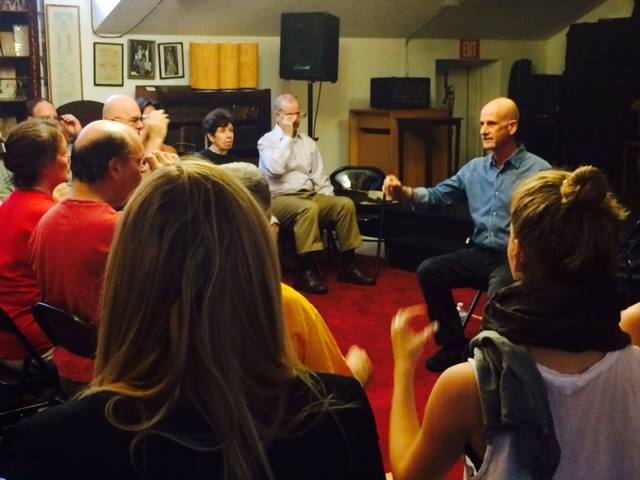Although best known for improving posture and diminishing back pain and neck tension, the Alexander Technique involves changing one’s habitual responses. Mind and body are inseparable, and our responses have mental and physical components. The Alexander Technique entry point is primarily on the body side. When we speak about our habitual responses in Alexander terms, we are primarily thinking about physical responses– tensing the neck, shortening the torso, restricted breathing, a general tightening, or collapsing.
Sailing the Worldly Winds, by Vajragupta, is a Buddhism-tinged book concerning ways we mentally respond by to what life inevitably brings us—pleasure/pain, loss/gain, praise/blame, infamy/fame. We close up and avert what we don’t want, and grab and clutch what we do want.
“We can’t always just let go of our habitual response, or the running commentary in our mind. It is too deeply ingrained, or we’re too strongly invested in it. The stories can have a real momentum and emotional force behind them. Bringing them to a halt is a gradual process. Although we can’t always stop straight away, as long as we are aware and making some effort to apply the brakes, we will be gradually slowing down our old responses and making a change of direction a possibility.”
Alexander Technique—Making Changes of Direction a Possibility.
Simply by:
- Learning how to stop.
- Learning how to start.
- Learning some directional cues.
The Alexander Technique is the missing link.
Mark Josefsberg-Alexander Technique NYC
(917) 709-4648
Excerpt From: Vajragupta. “Sailing the Worldly Winds.” iBooks.
Image courtesy of Freedigitalphotos.net-“Black Chain With Red Part In The Middle” by David Castillo Dominici











Leave A Comment